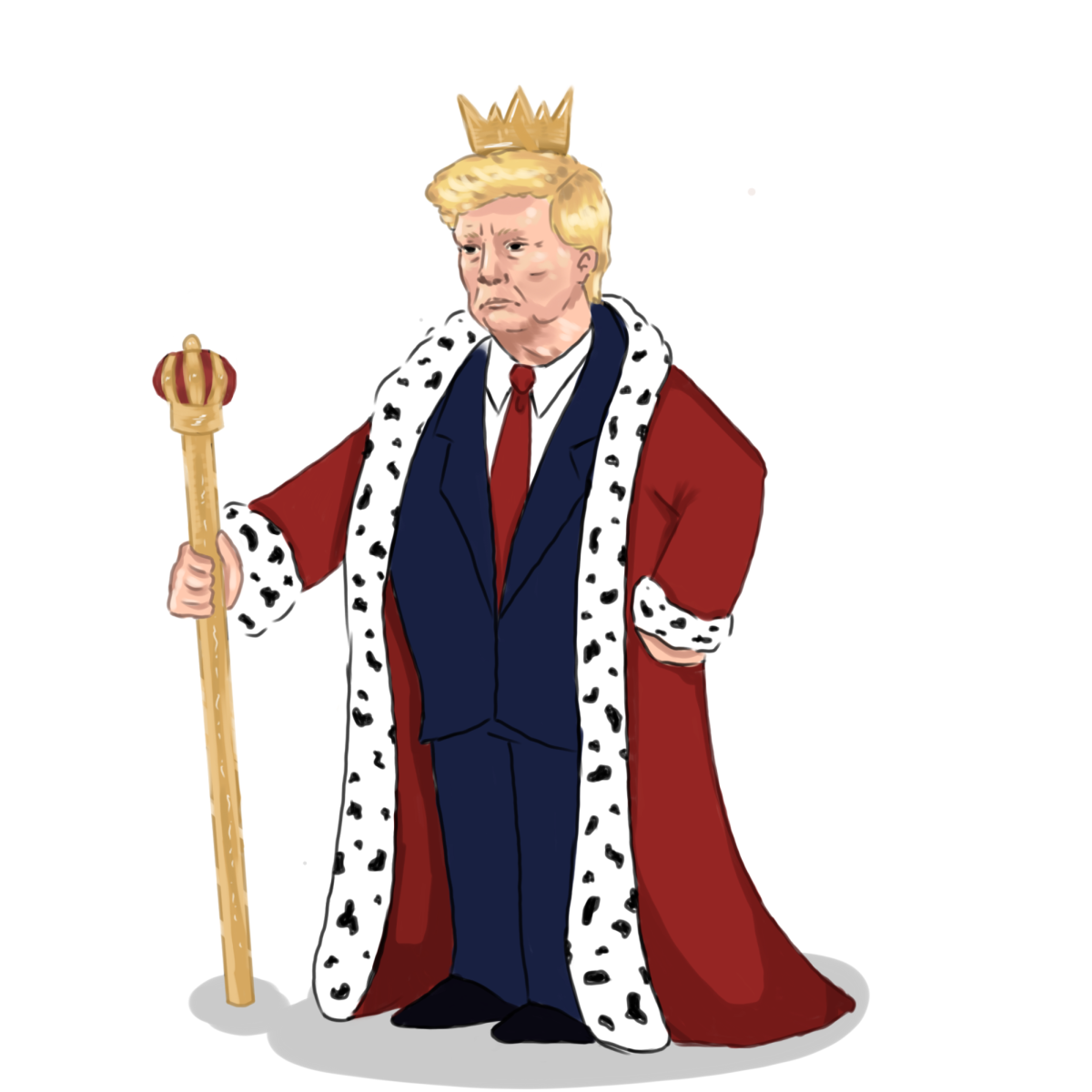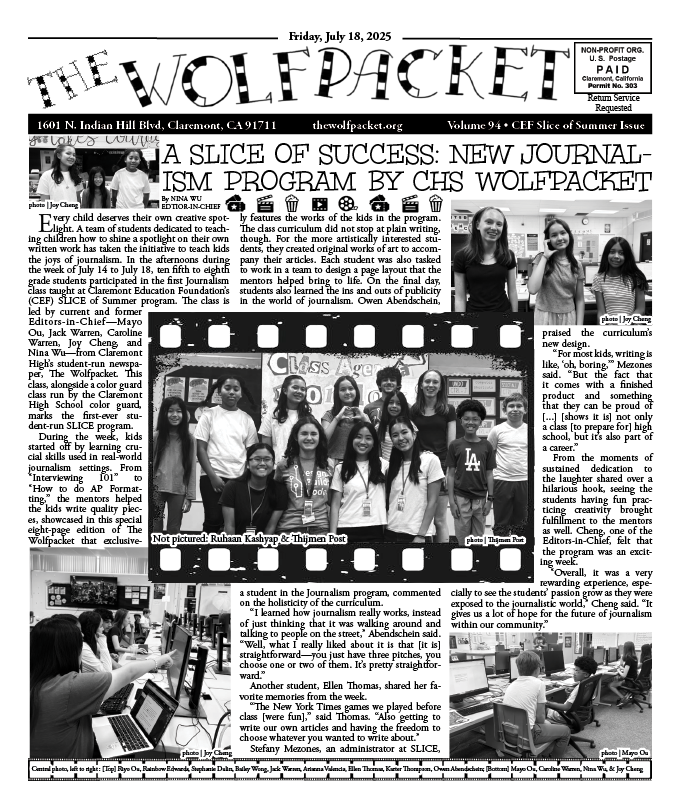Education has been a long-contested battle in the United States. History has proven that education is a powerful tool for change, shaping societies and challenging societal norms. However, with this power comes fear—the fear that education can disrupt established systems, leading to strategic steps to control, censor, and mandate the system.
On Thursday, 20th, 2025, President Donald Trump signed an executive order to “begin eliminating the federal Department of Education once and for all.” Established in 1979 by President Jimmy Carter, the Department of Education distributes money to college students through grants and loans, supports K-12 schools, and enforces anti-discrimination laws. Trump instructed Education Secretary Linda McMahon to initiate the shutdown of her agency. However, this initiative cannot be completed without the approval of Congress, setting the stage for a heated political and legal battle over the federal government’s stance on the education system. The Trump administration cited declining student test scores as the primary motive for his executive order.
“Closing the Department of Education would provide children and their families the opportunity to escape a system that is failing them,” Trump said.
While the executive order marks a significant policy change, Trump has ensured that funding for special education, high-poverty schools, and Pell grants for low-income students will be left untouched. In addition, Trump aims to return the power to mandate education back to states. However, critics are concerned about the severe cut in education jobs and most importantly federal oversight that ensures equal education for all students. On March 11th nearly 50% of the education workforce was cut, reducing the number of employees from 4,133 to 2,183. Unsure of how the Department will function after this significant employee cut, Beth Maglione, itermin president and CEO of the National Association of Student Financial Aid Administrators shares her concerns.
Claiming that eliminating half the Department won’t affect its services – without any clear plan to redistribute the workload – is, at best, naive and, at worst, deliberately misleading,” said Maglione. “It also raises serious concerns about how billions of dollars in federal student aid will continue to be disbursed to students without interruption.”
The closure of the department has sparked debate over the federal government’s role in education, particularly regarding oversight and anti-discrimination policies. The order includes a directive requiring all federally funded programs, clubs, or activities to eliminate race-based decision making.
An international perspective further highlights concerns about the U.S. education system. German exchange student Amelia Siegmund discusses how the American education system is viewed abroad.
“In Germany it is known that the US education system is a bit lower than that of Germany’s,” Siegmund said.
Beyond the shifting scenes of the education system, the battle extends into the classroom, where teachers face an increase in restrictions. Censorship in the form of book bans and curriculum limitations continue to shape policies at the state and local levels.
Dr. Arboleda, an AP US history and Women’s history teacher at Claremont High School, recalls her first-hand witness of the growing constraints on educators. She recalls how, since 1989, she has worked around book bans by offering “challenged text” as optional reading.
“I became a member of several organizations that pushed back against book bans,” Arboleda said. “I also began to include “banned books” as choice items instead of as requirements in the classroom, a workaround approach I continue to use.”
CHS junior, Isla Bulmer expresses her concerns about book bans and the impact it holds on students’ understanding of the world.
“Through reading books that are told through narrators in often scary or unjust circumstances, readers can gain a new level of perception and empathy for those who may not be as lucky as themselves,” Bulmer said.
For Dr. Arboleda, shedding light upon complex, multifaceted historical topics is a fundamental component of her teaching philosophy. She emphasized the importance of learning from our past to create a more inclusive future.
“We can learn from the past to improve the future,” Arboleda said. “It’s essential that we have a nuanced understanding of this country’s past and tackle a lot of the issues that are sometimes hard to tackle.”
Tricia Bulmer, a parent of three CHS students, voices her concerns about censorship in education. She warns that restricting access to certain books and historical accounts could lead to a distorted understanding of the past.
“[Censorship] creates an alternate history, and if we don’t learn from history, then we’re doomed to make the same mistakes,” Bulmer said.
Dr. Arboleda stresses the importance of presenting multiple perspectives in education to engage students to think critically and tackle differing perspectives.
“All of us as human beings lose something when we are only presented with a one-sided account of any particular narrative,” said Arboleda.
Isla Bulmer expresses her fears about the consequences of book and content bans, highlighting the broader implications of limiting access to valuable sources. She worries that removing certain narratives from the curriculum will lead to a loss of understanding and empathy.
“If books and content continue to be banned, the voices of the oppressed can no longer be heard, if we only read books that prioritize one point of view, we lose empathy,” Bulmer said.
As the discussion over education policies continues, lawmakers, educators, and the American people are closely observing the effects of eliminating the Department of Education. The outcome of this policy shift could have lasting effects on the structure of education in the United States, reshaping how schools operate and the resources available to students. The conversation surrounding education reform remains strongly contested, leaving both supporters and critics on edge.



















